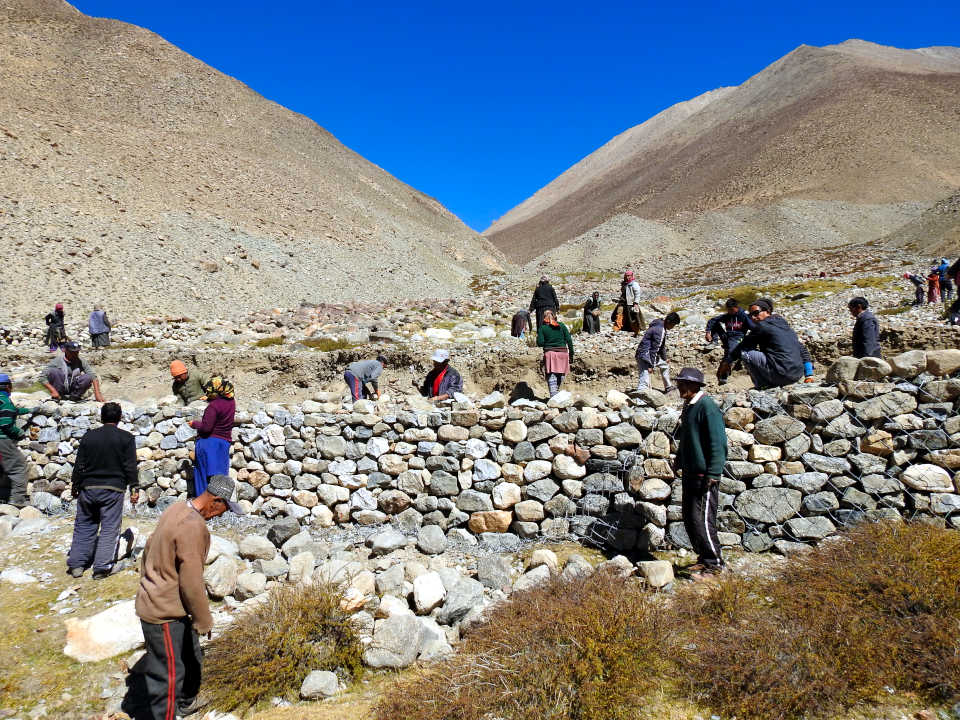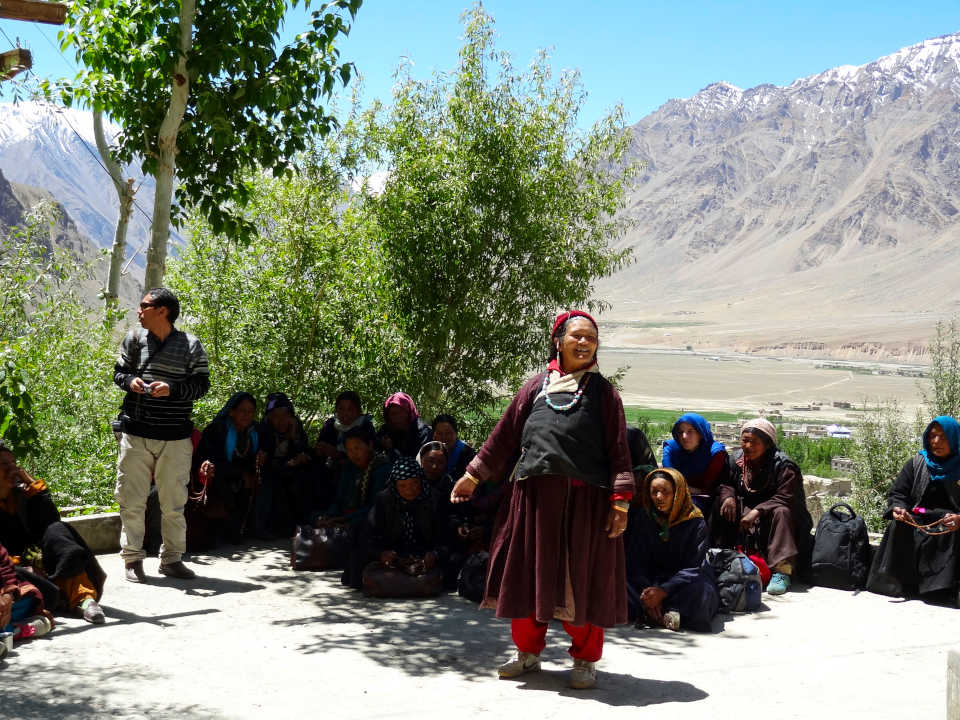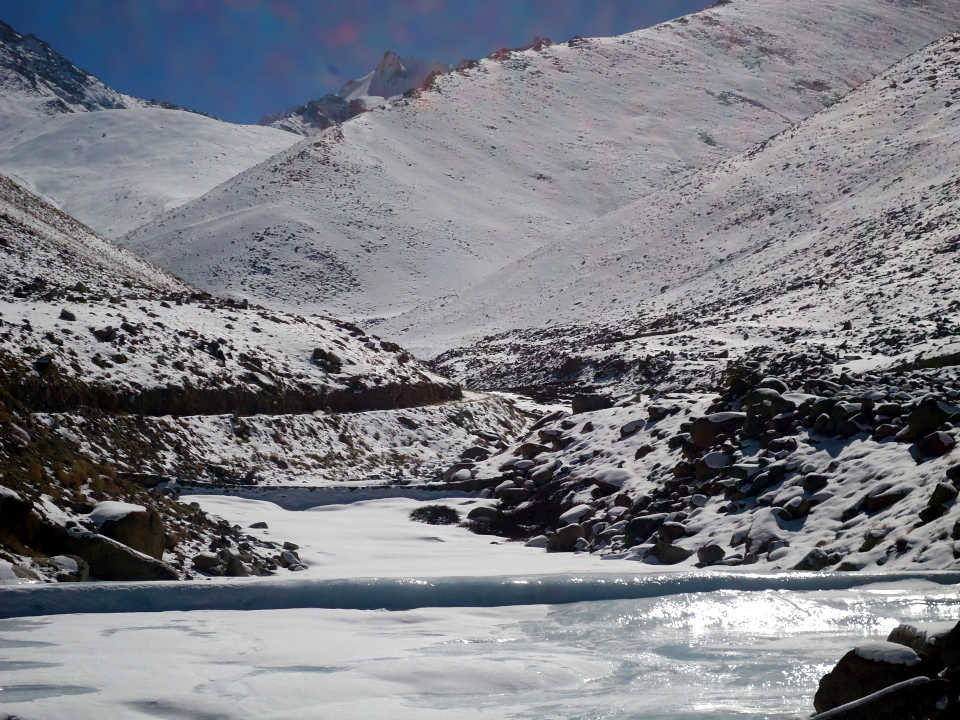Ladakh is among the most fragile ecosystems in the world. Ladakh is also at the forefront of climate change with visible impacts like melting glaciers, changing precipitation patterns and warming weather. The Ladakhi way of life that is intricately tied with nature and ecosystem functions is gravely threatened by unpredictable ecological and climatic changes, endangering food and water security, and communities’ overall well-being in the region.
GOAL
To improve the adaptive capacity and resilience of people to adapt to extreme climatic changes and ecological degradation
LNP's outcome indicators for the upcoming strategic period
- Increased number of artificial glacier systems to support water harvesting and conservation
- Irrigation systems improved that support agro-based activities
- Reduced water stresses in a number of villages and in the region
- Number of people trained in developing, maintaining and sustaining artificial glacier technology
- Best practices documented and shared on artificial glaciers with a number of communities, youth and other groups in and outside the region to adapt to climate change
- Enhanced and improved dry toilet sanitation systems
- Increase uptake of solar-passive technique for sanitation, including toilets and bathrooms
- Improved efficiency to reduce water wastage and treatment facilities
- Number of people/villages benefitted with improved inputs in sanitation
- Improved coordination and liaison with stakeholders and communities for the promotion of CBDRRM
- Village Disaster Management Plan (VDMP) and School Disaster Management Plan (SDMP) developed in a number of villages in the region
- Best practices documented and shared with a number of communities
- Communities made more resilient and adapt to ecological changes




